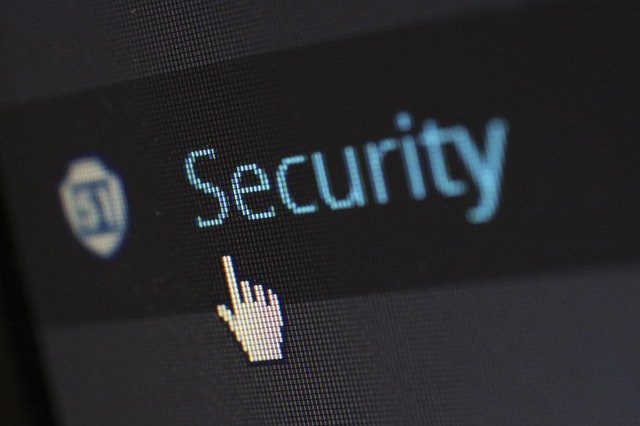In a digitized world, cyberattacks are disruptive and costly. They are becoming more common as our life and work depends more on the internet and software-enabled devices to function. An attack could corrupt your data, steal information, or render your IT system useless. As the attacks have become more sophisticated, so have the protection measures. There are simple, smart, and practical steps you can take to protect your business from cyberattacks.
Install Protection
The first step in cybersecurity is having access to the right tools. Cybersecurity software can help with detecting, containing, and eliminating cyber threats, preferably before they become a problem. Threat hunting software can proactively mitigate risks before they become an issue. Additionally, cybersecurity software can assist in keeping your business safe from ransomware, viruses, snooping software, and more.
Consider cybersecurity as a serious investment in digital assets. It should never be compromised because the costs to your business can be crippling.
Keep Your Device’s Operating System Updated
Software updates are a tedious and monotonous task, so it’s easy to underestimate their importance. Software updates come with new productivity features and, most importantly, security patches.
After releasing a new operating system, software providers find or are made aware of security holes in their operating systems. The software provider must immediately provide a solution to that security hole, which they usually do. But it’s left to the user to update the software, and that’s where the security lapse affects businesses. This is because it is common for hackers to take note of security patches by software companies, and reverse engineer a virus to attack that vulnerability.
The turnaround time for this can be a few hours after an update has been released, so you can imagine the urgency of updating. This is a common practice, called a Zero Day attack, for hackers who attack Microsoft’s Windows operating system.
Train Your Employees On Smart Online Behavior
Any tool is only as useful as it’s wielder, so employees operating your IT hardware and software should be trained in smart online behavior. This applies to every employee, not just the IT guys.
Duping an unaware employee is a lot easier than cracking a well-protected IT system. Lousy passwords, clicking on unsafe links, downloading malware, etc. are all caused by willful human error. Eliminate the risks of an ill-informed employee, compromising the entire business.
Secure Your Network
Every business connects to the internet forcommunication and productivity reasons, but an unprotected internet connection can be a vulnerability.
The first port of call would be your ISP (your internet provider), they link your business to the internet, so they have unfettered access to your data. Key questions you should ask your ISP are:
- Is my data encrypted, especially from the ISP?
- Who else (e.g., law enforcement) has access to my data?
- What security measures are taken to protect my data?
The business WiFi or network security is the responsibility of the business. How, when, and which devices can connect to your network is something every business should consider:
- Which sites can be accessed by devices on your network?
- Which devices can connect to your network?
- Which encryption type and firewall are installed in your network?
Backup Your Files
Keeping a backup of your data separate from the central IT system is a reliable method of protection. The backup enables your business to have a starting point should your current data be corrupted, encrypted for ransom, or destroyed.
Protect Your Business
Protecting your business requires a systematic, intentional, and disciplined approach from your entire organization. It is the responsibility of every employee in your business and requires investment in smart tools.



